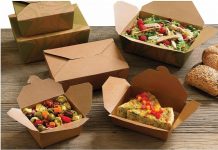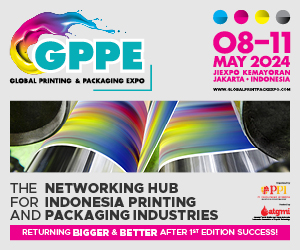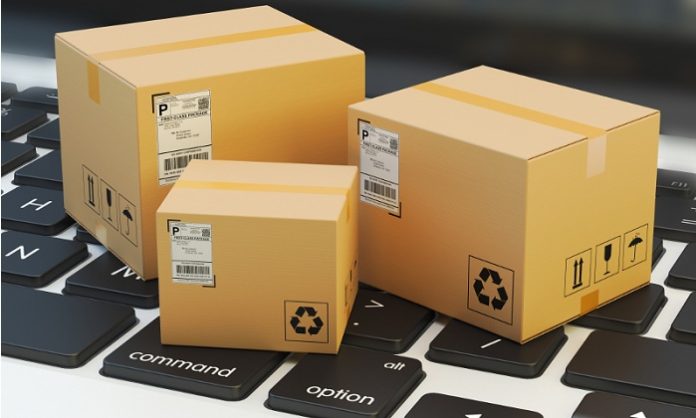As per the research concluded by Smithers in The Future of Packaging: Long-Term Strategic Forecast to 2028, between 2018 and 2028, the global packaging market is all set to expand by nearly 3% per year, thereby reaching more than $1.2 trillion.
It is worth noting that the global packaging market has grown by 6.8% from 2013 to 2018. Most of the growth has happened in less developed markets, since more consumers move to urban locations and happen to be subsequently adopting westernized lifestyles. This has indeed gone on to boost the demand for packaged goods, which throughout the world has been accelerated due to the e-commerce industry.
There happen to be numerous drivers having a significant influence when it comes to the global packaging industry. The four major trends that will play out throughout the next decade will be:
Economic and demographic progress
General expansion in the worldwide economy is expected to continue across the next decade, boosted by growth within emerging consumer markets. There is indeed the prospect of short-term disruptions coming from the impact of Brexit and any kind of heightening of tariff wars taking place between the US and China. In general, however, incomes are indeed expected to see a surge, with increasing consumer income coming from spending on packaged goods.
The population across the world will expand, and that too, especially in key emerging markets, such as China and India, where the rate of urbanization is going to continue to grow. This translates into ever-increasing consumer incomes when it comes to spending on consumer goods, as well as the exposure to modern retail channels and the aspiration in terms of strengthening the middle class to go ahead and engage with global brands as well as shopping habits.
Rising life expectancy will go on to lead to an aging of the population, specifically in key developed markets such as Japan which will see an increased demand for healthcare and pharmaceutical products. At the same time, there is also a requirement for easy opening solutions as well as packaging adapted to the requirements of elders.
Yet another major phenomenon of 21st century living happens to be the rise in the number of single-person households, which is also pushing demand for goods packaged in smaller portion sizes and also more convenience, such as resealability or microwavable packaging.
Sustainability
Concern about the environmental impact of products happens to be an established phenomenon, but ever since 2017, there has been a restored interest when it comes to sustainability focussed specifically when we talk of packaging. This is indeed reflected in central government as well as municipal regulations, the attitudes of consumers, and brand owner values communicated by way of packaging.
It is well to be noted that the EU has pioneered when we talk of this specific area with its drive for circular economy principles. There happens to be a specific focus on plastic waste, and due to the high volume of single-use items, plastic packaging has, as a matter of fact, come under a particular scanner. A number of strategies happen to be advancing to address this, such as substituting for some other alternate materials, investing when it comes to the development of bio-based plastics, designing packs in order to make them much easier to process in recycling, as well as improving recycling and processing of plastic waste.
The fact is that as sustainability has become a prominent motivator when it comes to consumers, brands happen to be more keen when it comes to packaging materials and designs that go on to demonstrate their commitment as far as the environment is concerned.
With almost 40% of food produced across the world not eaten, minimizing food waste is yet another prominent goal when it comes to policymakers. It happens to be an area where modern packaging technology can go on to have a major impact. For instance, modern flexible formats such as high-barrier pouches as well as retort cooking go on to add an extra shelf life as far as foods are concerned and can be quite beneficial in less developed markets in which refrigerated retail infrastructure happens to be missing. Much R&D is taking place to enhance packaging barrier technology, such as the integration of nano-engineered materials.
Minimising food losses also goes on to support the wider usage of intelligent packaging so as to cut waste within the distribution chains and, at the same time, reassure consumers as well as retailers on the safety of packaged foods.
Consumer trends
The international market for online retailing goes on to grow rapidly, throttled by the penetration of the Internet as well as smartphones. Consumers happen to be increasingly buying more goods over the net. This will continue to surge all across 2028 and will witness an elevated demand in terms of packaging solutions, specifically corrugated board formats, which can go on to safely ship goods via the more complex distribution channels.
More people happen to be consuming products like food, beverages, and pharmaceuticals on the go. This is, by the way, elevating the demand for packaging solutions that happen to be convenient as well as portable, with the flexible plastics sector as one of the main beneficiaries.
In sync with the move to single-person living, many consumers, specifically the younger age groups, happen to be inclined to go shopping as far as groceries are concerned more frequently and for smaller quantities. This has pushed further growth within the convenience store retailing industry and also boosted demand when it comes to more convenient, smaller-sized formats.
Consumers happen to be taking a greater interest when it comes to their own health matters, thereby leading to healthier lifestyles. Hence, this happens to be also boosting demand when it comes to packaged goods such as healthy foods along with beverages like gluten-free, organic or natural, portion-controlled, and non-prescription medicines as well as nutritional supplements.
Brand owner trends
The globalization of many brands within the fast-moving consumer goods sector continues to rise since companies seek out new high-growth sectors as well as markets. Increased exposure and westernized lifestyles will speed-up this process in major growth economies all across 2028.
E-commerce, as well as the globalization of international trade, is also stimulating a demand within brand owners for components such as RFID labels and smart tags so as to protect against counterfeit goods and, at the same time, enable better tracking of their distribution.
Industry consolidation in mergers as well as acquisition activity in end-use sectors like food, beverages, and cosmetics is also predicted to continue. As more brands happen to be come under the control of one owner, their packaging strategies are most likely to become consolidated.
The 21st century consumer happens to be less brand loyal. This is especially increasing an interest in customized or versioned packaging as well as packaging solutions, which can go on to create an impact with them. Digital printing happens to be a key means to do this by way of higher-throughput printers, which are especially dedicated to packaging substrates and are now seeing their first installations. This further syncs with the desire for integrated marketing, with packaging offering a gateway to linking into social media.

























